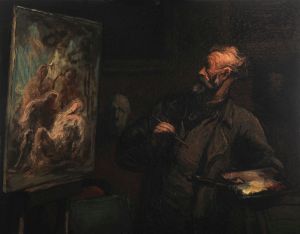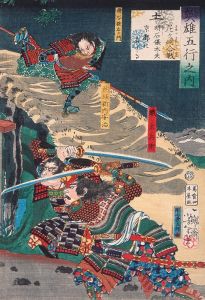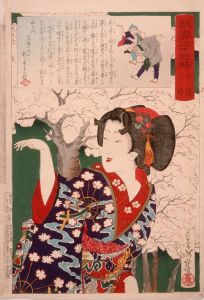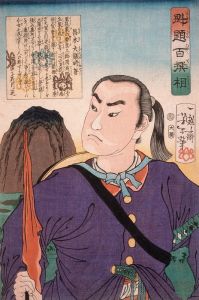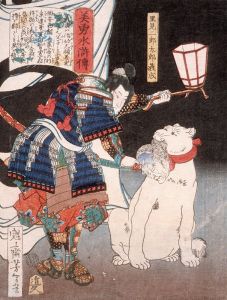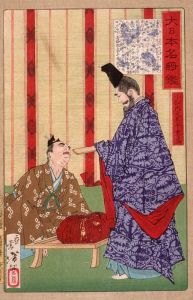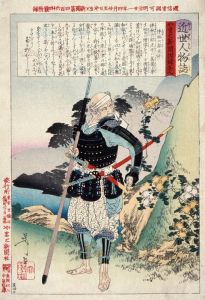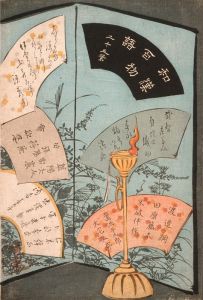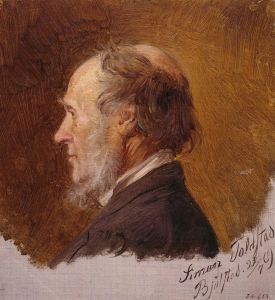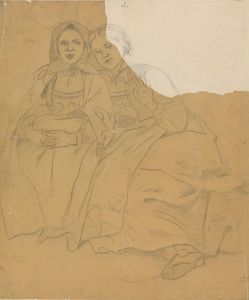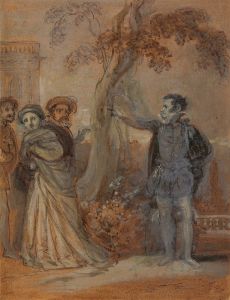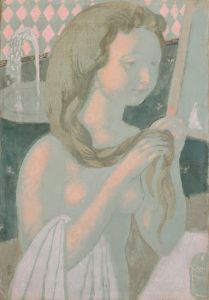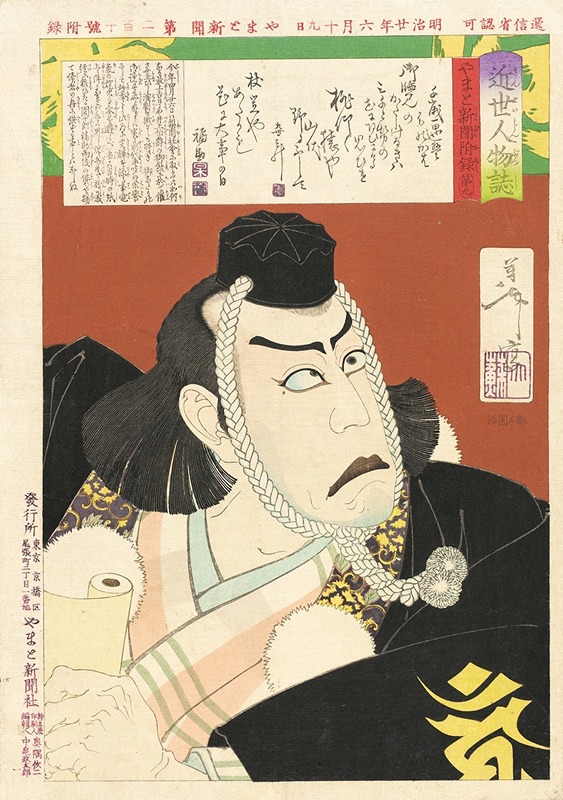
Ichikawa Danjūrō IX as Musashibō Benkei in Kanjinchō
A hand-painted replica of Tsukioka Yoshitoshi’s masterpiece Ichikawa Danjūrō IX as Musashibō Benkei in Kanjinchō, meticulously crafted by professional artists to capture the true essence of the original. Each piece is created with museum-quality canvas and rare mineral pigments, carefully painted by experienced artists with delicate brushstrokes and rich, layered colors to perfectly recreate the texture of the original artwork. Unlike machine-printed reproductions, this hand-painted version brings the painting to life, infused with the artist’s emotions and skill in every stroke. Whether for personal collection or home decoration, it instantly elevates the artistic atmosphere of any space.
The artwork "Ichikawa Danjūrō IX as Musashibō Benkei in Kanjinchō" is a notable piece by the renowned Japanese artist Tsukioka Yoshitoshi. This work is an ukiyo-e woodblock print, a traditional Japanese art form that flourished during the Edo period and continued into the Meiji era. Yoshitoshi, who lived from 1839 to 1892, is celebrated for his innovative approach to the ukiyo-e genre, particularly during a time when Western influences were increasingly permeating Japanese art and culture.
The print depicts Ichikawa Danjūrō IX, one of the most famous kabuki actors of the Meiji period, in the role of Musashibō Benkei. Benkei is a legendary warrior monk who is a prominent character in the kabuki play "Kanjinchō." This play, which translates to "The Subscription List," is one of the most popular and enduring works in the kabuki repertoire. It was first performed in 1840 and is an adaptation of the Noh play "Ataka." The story revolves around the historical figure Minamoto no Yoshitsune and his loyal retainer Benkei, who must use their wits to pass through a barrier controlled by a suspicious official.
In the print, Yoshitoshi captures the dramatic intensity and larger-than-life presence of Danjūrō IX as Benkei. The actor is depicted in full costume, which is characterized by elaborate and colorful robes, a distinctive feature of kabuki theater. The attention to detail in the costume and the actor's expressive posture are indicative of Yoshitoshi's skill in portraying the dynamism and emotion of kabuki performances. The print is part of a series that Yoshitoshi created to celebrate the art of kabuki and its actors, highlighting the cultural significance of this traditional Japanese theater form.
Ichikawa Danjūrō IX, born in 1838 and passing in 1903, was a pivotal figure in the kabuki world. He was part of the prestigious Ichikawa family, which has a long lineage of actors who have played significant roles in the development of kabuki. Danjūrō IX was known for his powerful performances and his ability to bring depth to his characters, making him a beloved figure in Japanese theater. His portrayal of Benkei in "Kanjinchō" is particularly celebrated for its intensity and emotional resonance.
Yoshitoshi's work, including this print, is often seen as a bridge between traditional Japanese art and the modern era. His ability to capture the essence of kabuki theater while incorporating elements of Western art techniques made his work distinctive and influential. Despite facing challenges during his career, including the decline of ukiyo-e and personal struggles, Yoshitoshi's legacy endures through his masterful prints that continue to be appreciated for their artistic and historical value.
This particular print not only serves as a testament to Yoshitoshi's artistic prowess but also as a historical document that offers insight into the cultural landscape of Meiji-era Japan. It reflects the enduring appeal of kabuki theater and the iconic status of actors like Ichikawa Danjūrō IX, whose performances have left a lasting impact on Japanese culture.





